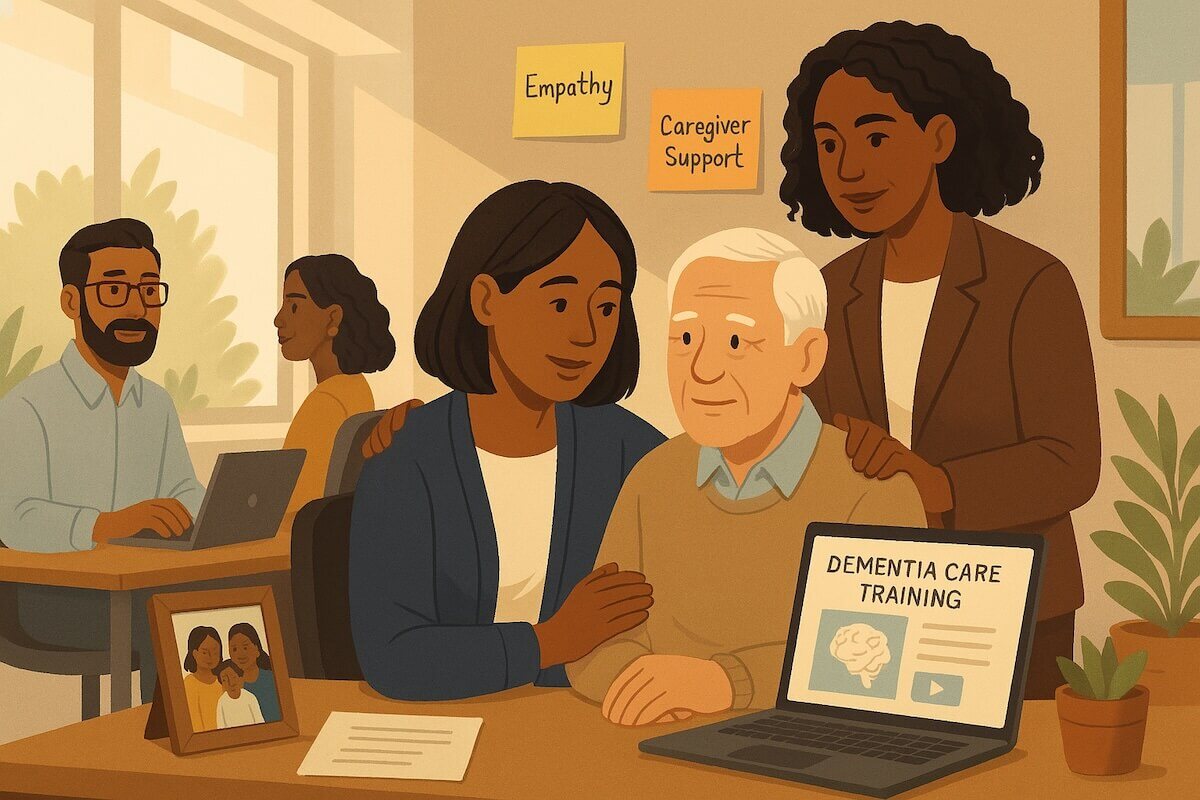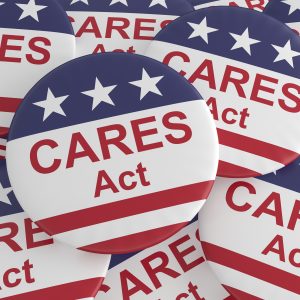How Employers Can Lead in Supporting Family Caregivers — and Where AGE-u-cate Fits In
How Employers Can Lead in Supporting Family Caregivers — and Where AGE-u-cate Fits In
Posts about:

How Employers Can Lead in Supporting Family Caregivers — and Where AGE-u-cate Fits In
 Each May, the Administration for Community Living champions the national observance of Older Americans Month. "Communities of Strength" is the theme for 2021.
Each May, the Administration for Community Living champions the national observance of Older Americans Month. "Communities of Strength" is the theme for 2021.
I can think of no other time in that this theme could be more appropriate as we have witnessed one of the most challenging years in history. Older Americans have proven to be our source of wisdom, strength, perseverance and a model of overcoming difficulties. And I will add that the communities that support older adults have risen to the challenges of creating new ways to engage and build even stronger communities in the face of unprecedented challenges brought on by a global pandemic.
The health and well being of older adults, especially is grounded in connecting with others. It is paramount to the health and well-being of everyone, but especially as we age.
 According to estimates from the National Alliance for Caregiving, during the past year, 65.7 million Americans (or 29 percent of the adult U.S. adult population involving 31 percent of all U.S. households) served as family caregivers for an ill or disabled relative. That is 65.7 million family caregivers who are desperately needing education, training, support and help with finding available resources. We must do a better job as these numbers are increasing drastically with our aging population.
According to estimates from the National Alliance for Caregiving, during the past year, 65.7 million Americans (or 29 percent of the adult U.S. adult population involving 31 percent of all U.S. households) served as family caregivers for an ill or disabled relative. That is 65.7 million family caregivers who are desperately needing education, training, support and help with finding available resources. We must do a better job as these numbers are increasing drastically with our aging population.

April marks Parkinson's Awareness Month and the theme the Parkinson's Foundation has chosen is #KnowMorePD to help elevate the public's awareness of the disease and to share the resources available to those who are diagnosed with PD and their families
Parkinsons's Disease (PD) is a complex movement disorder with symptoms that vary from person to person. Some of these symptoms may include tremors, slurred speech, a masked face, slow movement, and unsteady gait. Because PD is largely misunderstood by the general public and even healthcare professionals, it's often frightening to see a person struggle with these symptoms. And when people don't understand what is happening, they generally react by becoming fearful or avoiding that person.
 This is where people want to be.. home. It is time to examine changes needed for people stay safe and well with availability of appropriate care and services.
This is where people want to be.. home. It is time to examine changes needed for people stay safe and well with availability of appropriate care and services.
The Home Health/Care Industry quickly stepped up to the plate during the COVID pandemic. The demand for services ballooned almost over-night, and providers responded with a fierce determination to serve those in need.
The challenges were not that different from long term care. However, one might argue they were a bit more challenging due to the remote nature of the workforce.
COVID testing and protocol training required an enormous amount of coordination. Another challenge was the lack of testing for the home-bound elders, and discovering that in desperation for care, dishonesty of symptoms was a factor.
 On March 27, 2020, the Coronavirus Aid, Relief, and Economic Security (CARES) Act was signed into law. The CARES Act grants totally $955 million will support older adults and people with disabilities in the community during the COVID-19 pandemic.
On March 27, 2020, the Coronavirus Aid, Relief, and Economic Security (CARES) Act was signed into law. The CARES Act grants totally $955 million will support older adults and people with disabilities in the community during the COVID-19 pandemic.
Organizations that will have access to this funding includes a network of community-based organization such as Area Agencies on Aging, Centers for Independent Living, senior centers, faith-based organizations and other community-based non-profit organizations that provide resources and services to help older adults and people living with disabilities stay healthy and live independently. $100 million is earmarked for the National Family Caregiver Support Program to help expand services that aid families and information for caregivers who are providing support for their loved ones at home.
